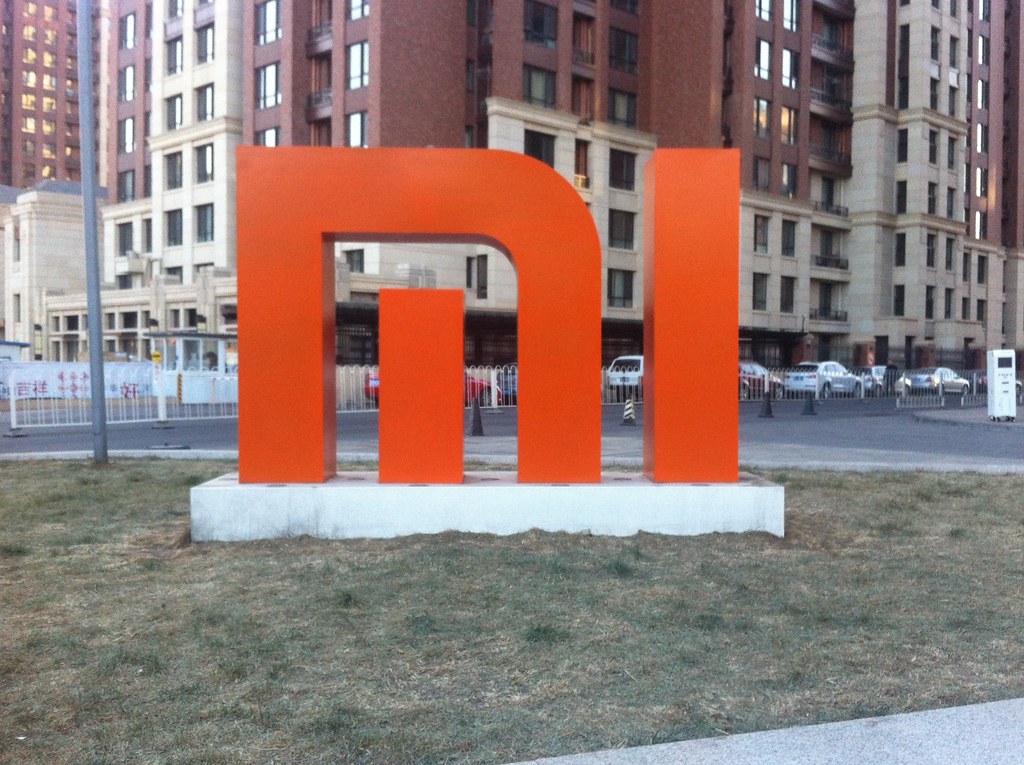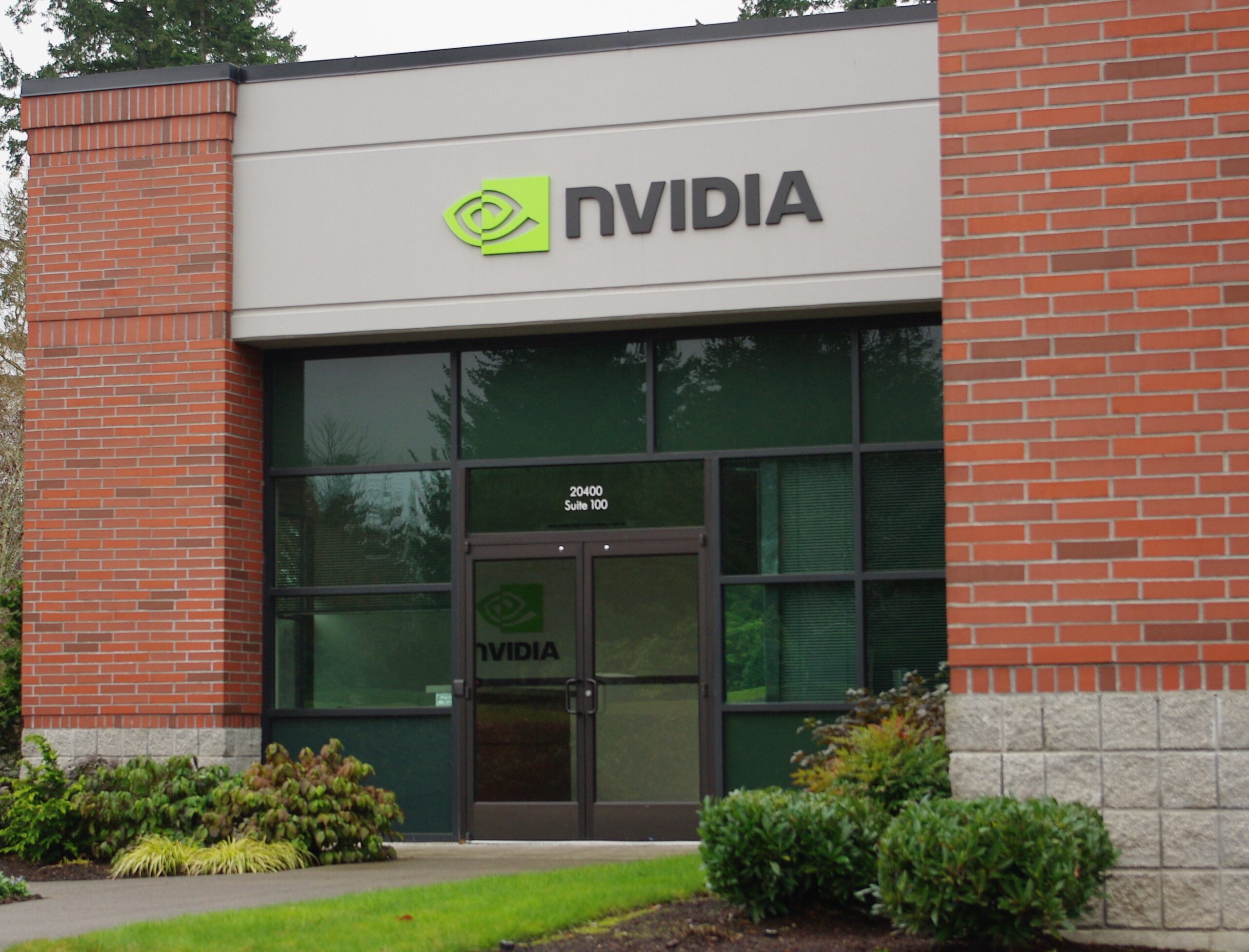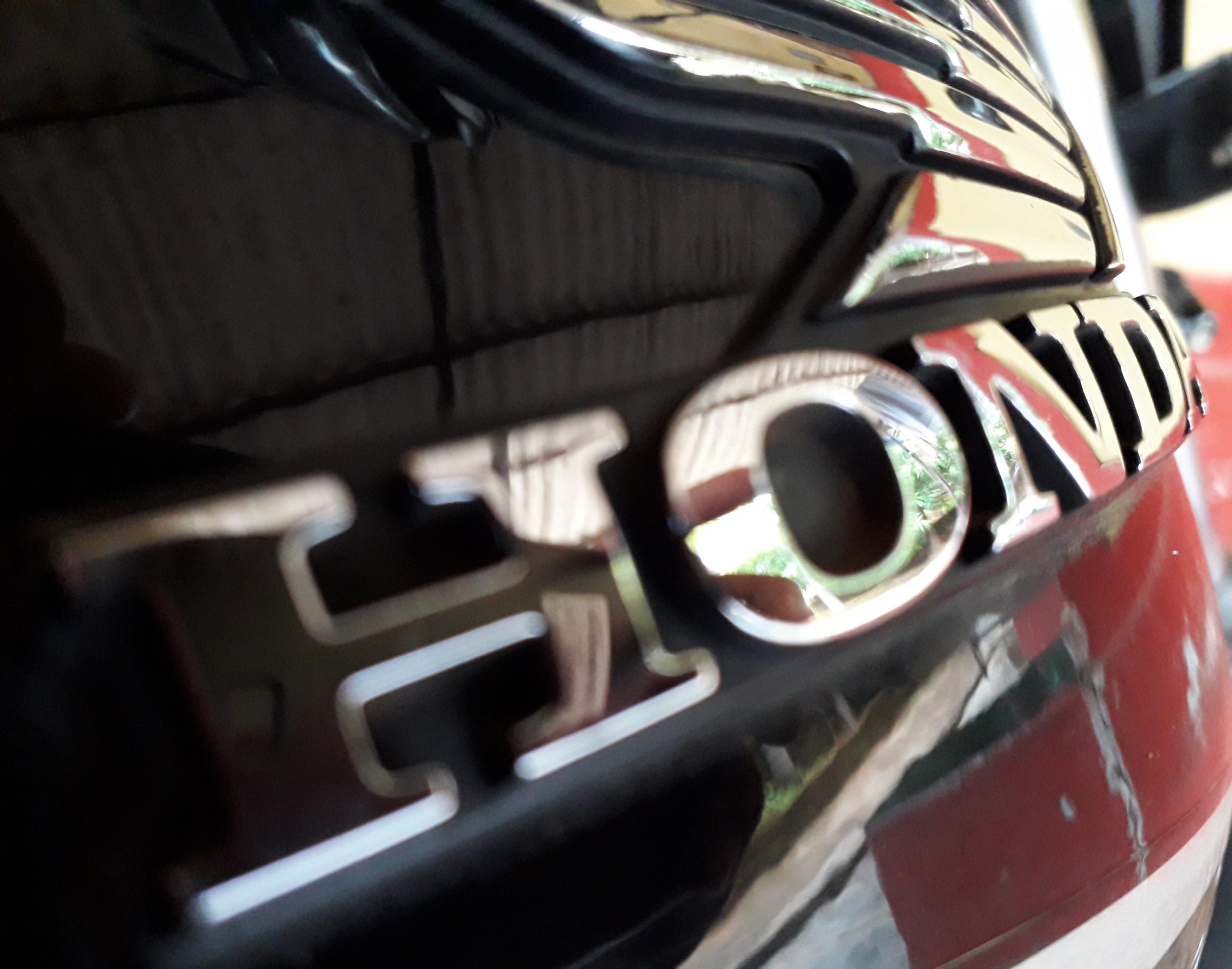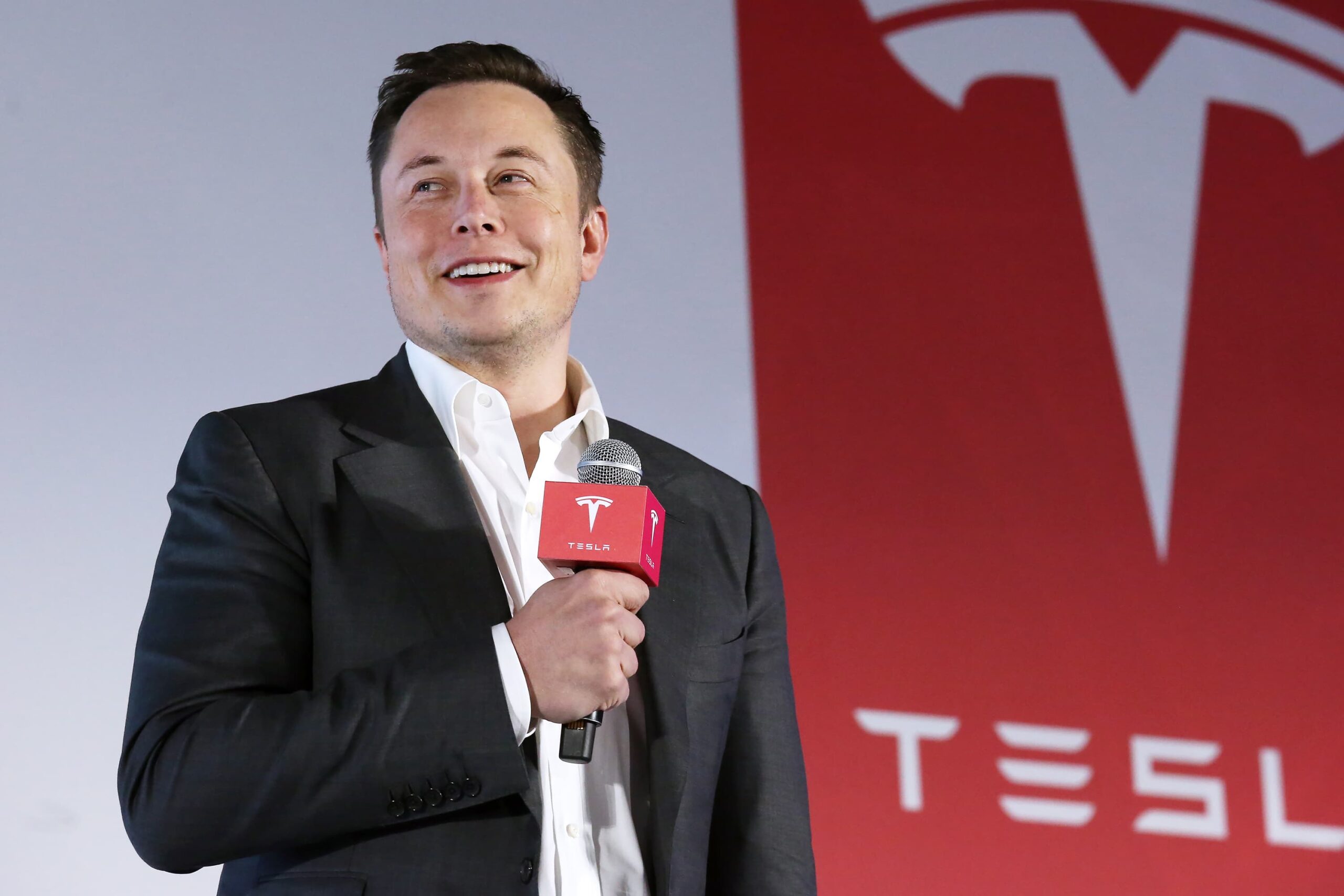Honda announced on Tuesday that it will scale back its ambitious electric vehicle (EV) targets, citing slower-than-expected sales in the U.S. market. The Japanese automaker revealed that it would no longer aim for EVs to account for 30% of its global sales by 2030. As part of this adjustment, Honda also revised its investment strategy, cutting its planned 10 trillion yen ($69 billion) investment in electrification down to 7 trillion yen ($48 billion), a reduction of 3 trillion yen ($21 billion).
CEO Toshihiro Mibe described the shift as a “switch in the planned course” but emphasized that Honda’s long-term commitment to electrification remains unchanged. The company’s timeline for electrification has been extended due to slower growth in the EV market, influenced by factors such as changing environmental regulations and external uncertainties.
External Factors Contributing to the Shift
While Mibe did not specifically reference U.S. President Donald Trump, Honda’s decision comes amid concerns over Trump-era tariffs and his lack of support for electric vehicles, which has forced Japanese automakers to adapt to a shifting landscape.
In response to these challenges, Honda will focus more on producing hybrid vehicles, which will be rolled out more aggressively. For example, Honda’s plant in Marysville, Ohio, will be retooled to produce both EVs and hybrids under the new plan. Honda’s decision aligns with its broader goal to remain competitive while adjusting to the evolving market conditions.
Despite these adjustments, Mibe highlighted the company’s continued strength in the motorcycle sector, where sales are rising, particularly in India. Honda also remains focused on leveraging digital technologies to improve safety, including its longstanding goal of reducing traffic-related fatalities through advanced assisted driving systems.
Ongoing Collaboration Efforts with Other Automakers
Talks that began late last year to merge Honda’s operations with those of Nissan and Mitsubishi Motors were called off earlier this year. Mibe indicated that while the merger talks have ended, discussions are ongoing about potential collaboration between the three companies in technology development.
While Honda’s profits for the fiscal year through March dropped 24.5%, much of the decline can be attributed to external factors like tariffs and reduced sales in China. Nevertheless, Honda’s outlook remains positive, driven by cost-cutting initiatives and strong performance in key sectors.
What The Author Thinks
Honda’s scaling back of its EV targets is a clear sign that the road to widespread adoption of electric vehicles is not as smooth as many had hoped. The company’s pivot to focusing on hybrids instead of fully electric vehicles reflects the growing uncertainty in the market, particularly in regions like the U.S., where consumers and regulations are still evolving. While the long-term goal of electrification remains intact, the shift shows that automakers need to adapt more quickly to market realities, especially when external factors, like tariffs and shifting government policies, create unpredictable hurdles.









